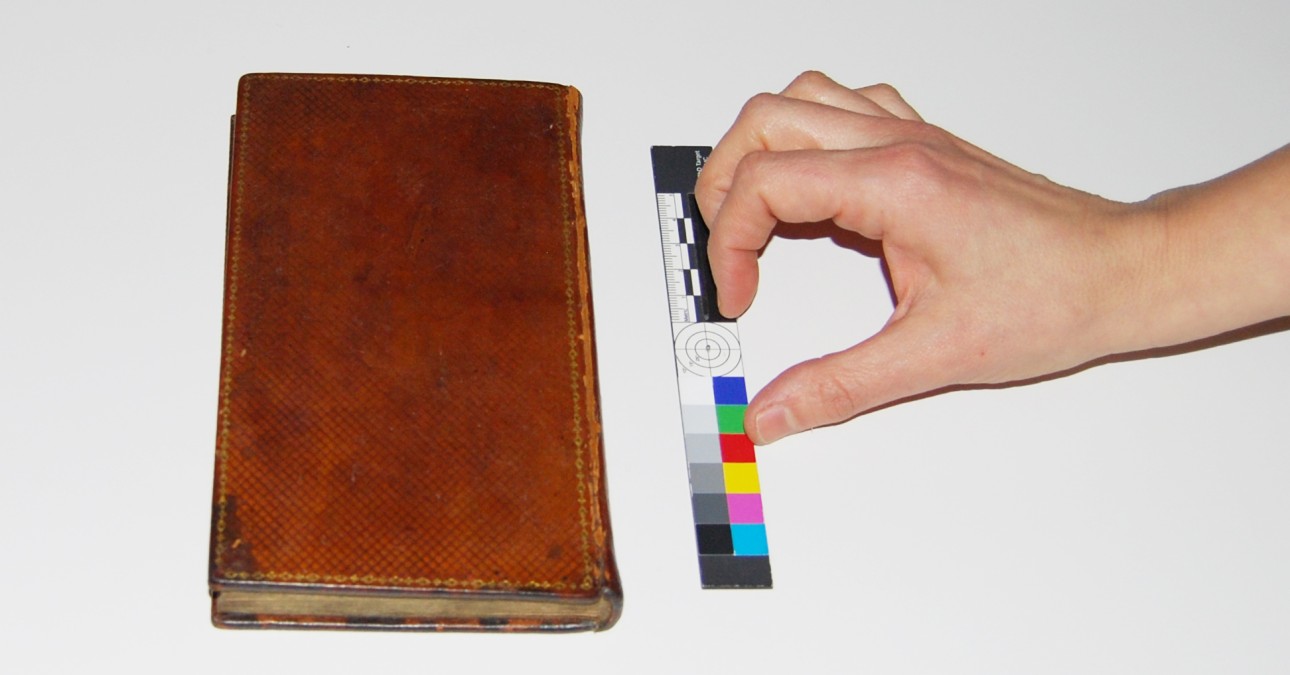
Treatment FOCUS: Sharing a Rare Edition of Emma
Many of the treatments at the Conservation Center for Art & Historic Artifacts (CCAHA) ensure that objects can be shared with others. Conservators and technicians clean the surfaces of prints, mend tears, and mount prints and photographs in stabile frames. They also often advise on the best display options for pieces, working with institutions and archives to determine the safest exhibition mounting display and lighting conditions for objects. These treatments and consultations ensure that the objects can be viewed by visitors. Another type of treatment is increasingly gaining popularity; one aimed at sharing the objects with countless viewers—digitization.
CCAHA’s Digital Imaging Lab takes high-quality photographs before and after every treatment, but their digital imaging capabilities don’t end there. When historic documents are too fragile for frequent handling, CCAHA can produce hard copy and digital facsimiles of the objects. These digital treatments allow objects that would otherwise need to be stored away from viewers to be experienced and enjoyed. With CCAHA’s digital imaging options, collectors and institutions no longer have to choose between endangering their objects and shutting them away.
One such digitization project is currently underway at CCAHA on a rare copy of Jane Austen’s Emma. There are six remaining copies of what is called the “Philadelphia Emma,” which was printed in 1816 by Philadelphia publisher Mathew Carey. Printed just a few months after the first English printing, it is the first American edition of an Austen novel.
The Goucher College Library in Baltimore, Maryland owns one of these rare editions. In celebration of the upcoming 200th anniversary of the first English and American editions of Emma, the Library has launched a project to completely digitize their Philadelphia Emma to make it freely available on the internet. Alongside the digitized text will be helpful materials for contextualizing the work.
CCAHA Conservation Technician Tamara Talansky has been working on the project, digitally capturing all of the leaves of the volumes to produce 400dpi TIFF images. She is also imaging the covers and spines of each book with a Nikon digital camera. These images will be placed on a portable hard drive that will contain both the TIFF and JPEG images. Along with this digitization, a facsimile copy of each volume will be produced, yielding double-sided sets of all leaves on 60# vellum paper. The pages will be bound with adhesive and covered in a blue linen book cloth.